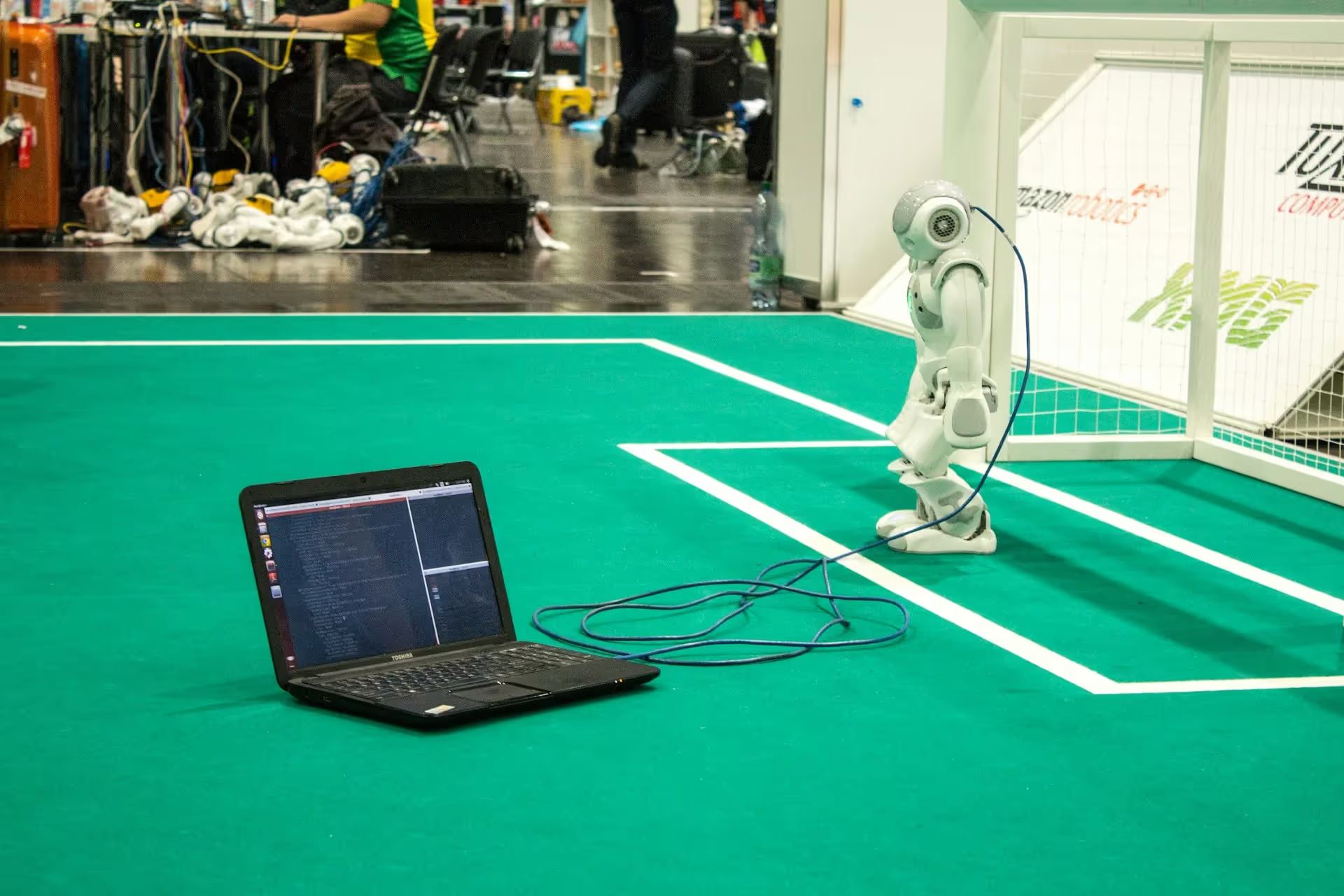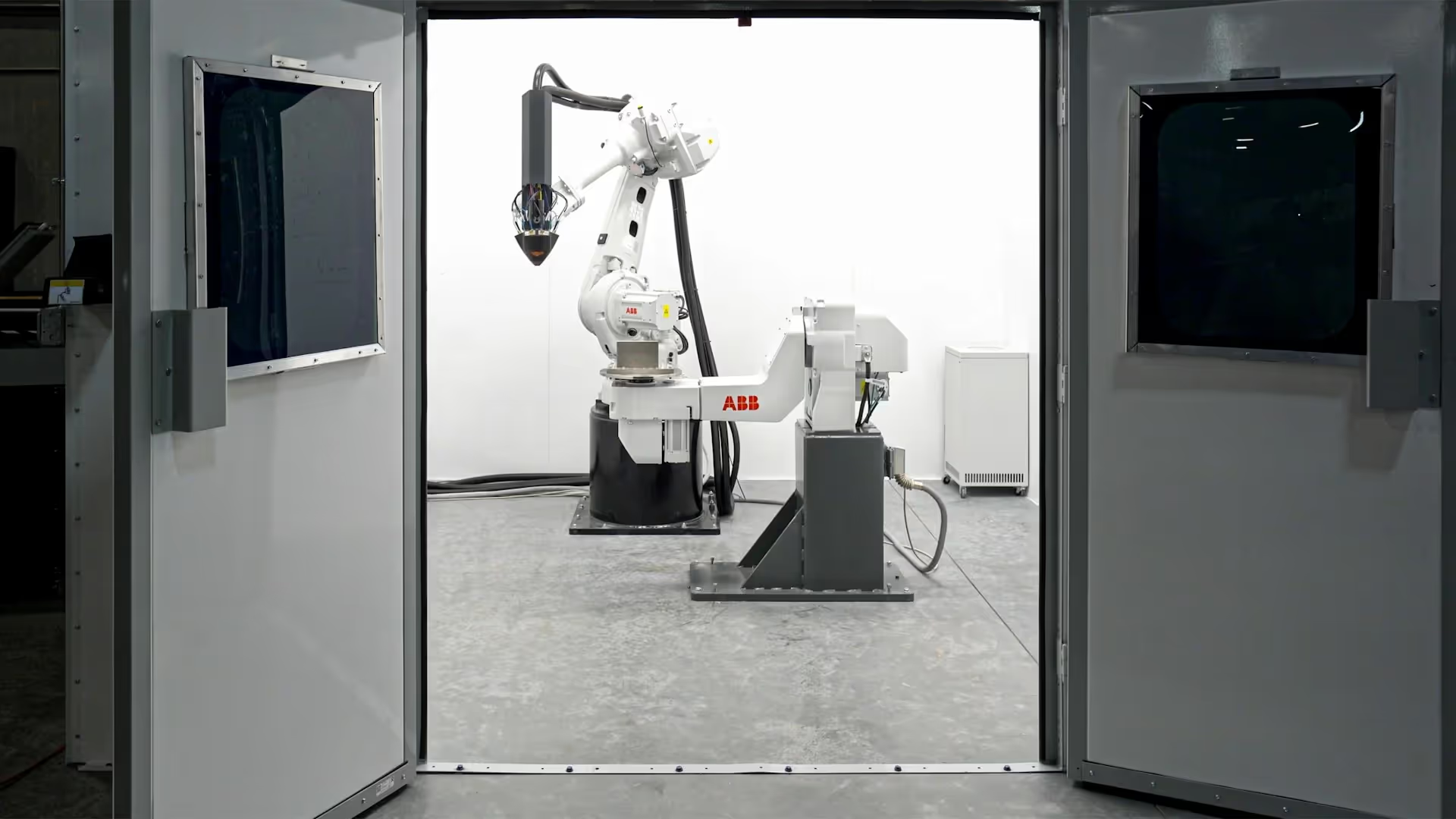Decarbonizing the Skies
Aviation accounts for roughly 2.5% of global CO₂ emissions — a figure projected to grow as air travel demand doubles over the next two decades. Unlike cars or homes, decarbonizing flight is uniquely challenging: aircraft require enormous amounts of energy, weight constraints are unforgiving, and safety margins leave little room for error.
Yet, as the industry faces mounting regulatory and consumer pressure to reach net zero by 2050, two technologies are emerging as the frontrunners in the race to clean the skies: hydrogen-powered aircraft and battery-electric aircraft. Both promise zero emissions at the point of use, but their viability depends on very different trade-offs in energy density, infrastructure, scalability, and economics.
The Promise and Challenge of Battery-Electric Aviation
Battery-electric flight borrows from the electrification of ground transport. The principle is simple: replace jet fuel with batteries powering electric motors. Several startups, from Eviation with its nine-passenger Alice aircraft to Rolls-Royce with its electric propulsion systems, are pioneering the segment.
Advantages:
- Proven Technology: Batteries and electric motors are well understood and already scaling rapidly in cars and buses.
- Efficiency: Electric motors are highly efficient (often above 90%), far more so than combustion engines.
- Maintenance: Electric systems have fewer moving parts, lowering maintenance costs over time.
- Noise Reduction: Electric propulsion is significantly quieter, reducing the acoustic footprint of aviation.
Challenges:
- Energy Density: Aviation requires extremely high energy-to-weight ratios. Jet fuel contains ~50 times more energy per kilogram than today’s lithium-ion batteries. Even the best batteries can’t yet support long-haul flights.
- Range Limitations: Current designs are viable for short-haul flights (under 500 miles). Anything beyond that strains battery capacity.
- Charging Infrastructure: Airports will need extensive new infrastructure to recharge electric aircraft between flights without long turnaround times.
For now, battery-electric aircraft are best suited for regional and commuter routes, cargo shuttles, and training flights. They could replace short-haul flights that are disproportionately carbon-intensive per passenger mile.
Hydrogen: Aviation’s High-Stakes Bet
Hydrogen is often touted as the most promising pathway to zero-emission long-haul flight. Hydrogen can be burned in modified jet engines or used in fuel cells to generate electricity for electric motors. Airbus has made the boldest commitment, unveiling its ZEROe concept aircraft and targeting 2035 for commercial hydrogen planes.
Advantages:
- High Energy Density by Weight: Hydrogen contains about three times more energy per kilogram than jet fuel, making it attractive for aviation.
- Longer Range: Hydrogen could support medium- to long-haul flights that are beyond the reach of batteries.
- Versatility: Hydrogen can be used in both combustion and fuel cell systems, offering multiple design pathways.
- Truly Zero Emissions (in Fuel Cells): Hydrogen fuel cells produce only water vapor as exhaust.
Challenges:
- Storage Problems: Hydrogen’s energy density by volume is low. It must be stored either as compressed gas (requiring heavy tanks) or as cryogenic liquid at -253°C — both logistically complex.
- Infrastructure Overhaul: Airports would need massive hydrogen storage and refueling facilities, which currently don’t exist.
- Green Hydrogen Supply: Most hydrogen today is “grey” (derived from fossil fuels). Scaling green hydrogen (from renewable electrolysis) is expensive and energy-intensive.
- Safety Concerns: Hydrogen is highly flammable and requires rigorous safety measures for public acceptance.
Hydrogen could revolutionize medium- and long-haul aviation, but its success depends on a massive ecosystem shift in both production and infrastructure.
Head-to-Head: Hydrogen vs. Electric
CriteriaBattery-Electric AircraftHydrogen-Powered AircraftBest Use CaseShort-haul flights (regional, commuter)Medium- to long-haul flightsEnergy DensityLow (~250 Wh/kg for Li-ion batteries)High by weight, low by volumeInfrastructureCharging stations at airportsCryogenic tanks, pipelines, fueling hubsMaturityEmerging (small aircraft already flying)Conceptual, early prototypesEnvironmental ImpactZero emissions if renewable power is usedZero emissions if green hydrogen is usedTimeline2025–2030 for small-scale commercial ops2035+ for larger commercial aircraft
The bottom line: electric aircraft will likely dominate regional markets, while hydrogen is the more realistic candidate for decarbonizing long-haul aviation.
Case Studies and Industry Leaders
Eviation Alice (Electric)
Alice is a nine-passenger commuter aircraft with a range of 250 nautical miles. The company targets regional routes, aiming to replace carbon-heavy short hops that are otherwise inefficient for traditional jets.
Rolls-Royce Spirit of Innovation (Electric)
This electric plane set a world speed record in 2021, reaching 387 mph. It demonstrated the feasibility of high-performance electric propulsion, though range remains limited.
Airbus ZEROe (Hydrogen)
Airbus unveiled three hydrogen-powered aircraft concepts — a turbofan, turboprop, and blended-wing body — with the goal of entering service by 2035. Airbus has also partnered with airports to explore hydrogen infrastructure needs.
ZeroAvia (Hydrogen Fuel Cell)
ZeroAvia successfully flew a hydrogen-electric 19-seat aircraft in 2023, marking a major milestone. It aims to scale to 40–80 seat planes in the next decade.
The Sustainability Equation
Both hydrogen and electric aircraft hinge on the availability of clean energy.
- For electric: Charging aircraft requires renewable electricity at scale. If powered by coal or gas grids, emissions simply shift upstream.
- For hydrogen: Green hydrogen requires massive amounts of renewable power for electrolysis. Without it, hydrogen risks being “greenwashed.”
Scaling these solutions requires coordinated investment across aviation, energy, and government sectors.
The Economics of Transition
The transition to zero-emission aviation is not just technological — it’s economic. Aircraft have long lifespans (20–30 years), meaning today’s planes will still be flying in 2050. Retrofitting fleets or replacing them early is costly.
However, both hydrogen and electric aircraft promise lower operational costs in the long run. Electric motors require less maintenance, and hydrogen (if scaled) could be cheaper than kerosene. The challenge is the transition period, where early adopters will face higher costs until scale is achieved.
Regulation and Policy: The X-Factor
Policy will play a critical role in determining whether hydrogen or electric aviation takes off. Governments are introducing carbon taxes, emission caps, and subsidies for sustainable aviation fuels.
Europe, in particular, is pushing aggressively, with the EU’s “Fit for 55” plan requiring a gradual increase in sustainable fuels. These regulatory pushes create tailwinds for both electric and hydrogen aircraft, accelerating adoption despite economic hurdles.
The Passenger Experience
For passengers, zero-emission flights will look and feel different. Electric aircraft may start with smaller cabins and shorter routes but promise quieter, smoother rides. Hydrogen aircraft may require redesigned fuselages with larger tanks, potentially altering cabin layouts.
But for most passengers, the draw is simple: sustainable flight without compromise. As climate awareness grows, zero-emission aviation may become a market differentiator for airlines.
The Road Ahead: Complementary Futures
The debate between hydrogen and electric is often framed as a competition, but in reality, they are likely complementary technologies. Electric aviation will dominate short-haul routes by the late 2020s, while hydrogen may power long-haul routes by the 2030s and beyond. Together, they could cut aviation emissions dramatically, if supported by renewable energy expansion and infrastructure investment.
The Next Frontier of Aviation
The race to decarbonize aviation is one of the most ambitious challenges in modern engineering. Hydrogen and electric aircraft represent two distinct but converging pathways toward a zero-emission future.
One is closer to market, the other more ambitious in scope. Both face immense challenges in technology, infrastructure, and economics. Yet the alternative — continuing to burn fossil fuels in an era of climate crisis — is untenable.
The sky of 2050 may look different from today’s, filled with smaller electric planes buzzing between regional cities and hydrogen-powered aircraft silently spanning continents. What remains constant is humanity’s drive to fly. What changes is that, for the first time in history, we may be able to do so without leaving a carbon trail behind.







